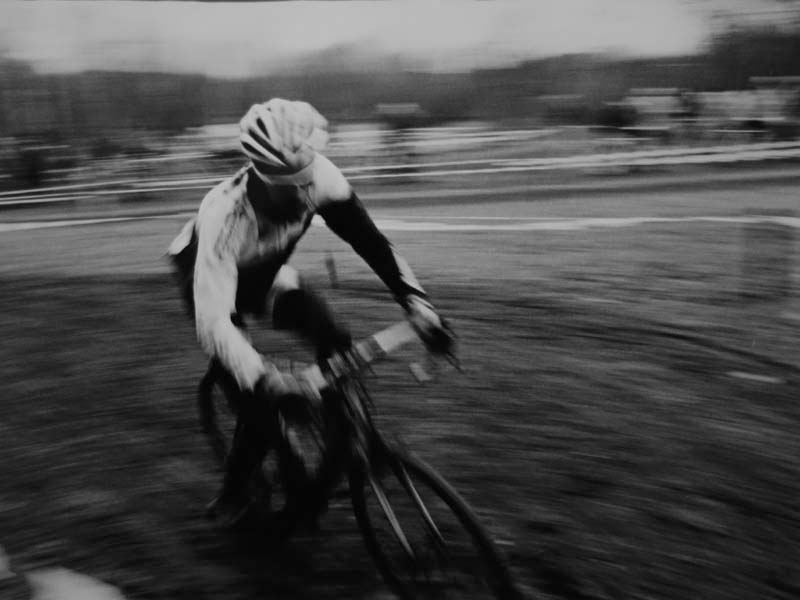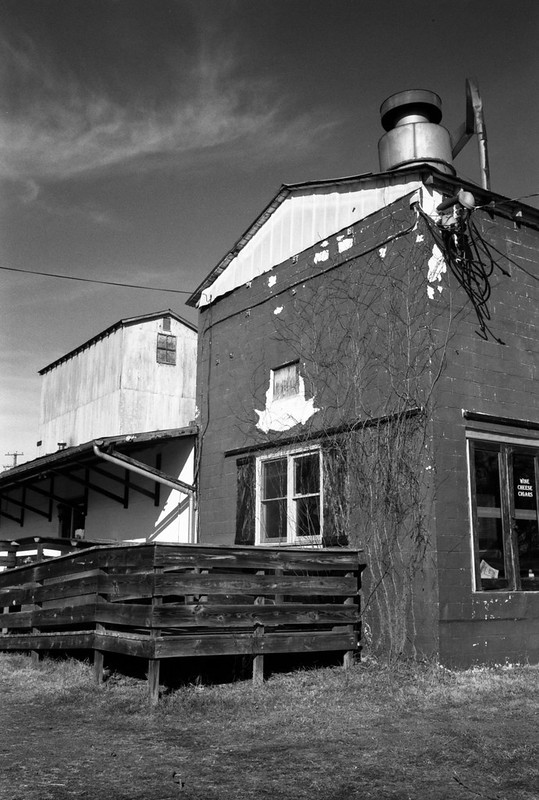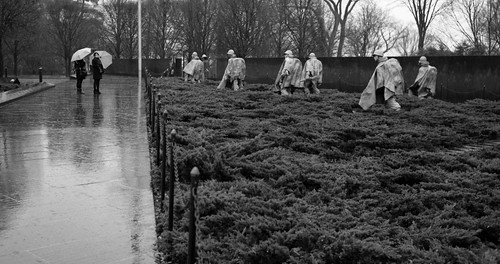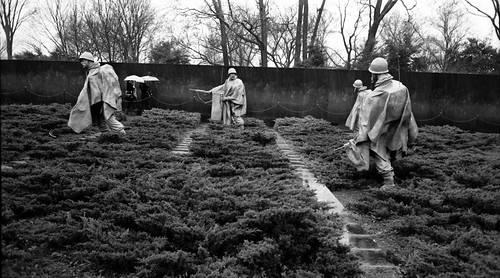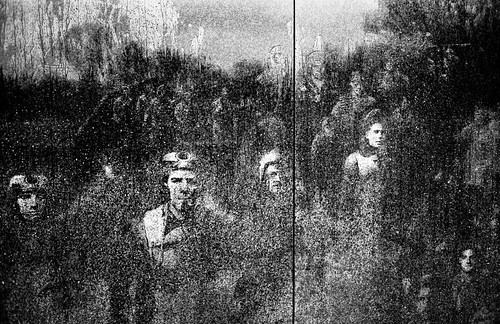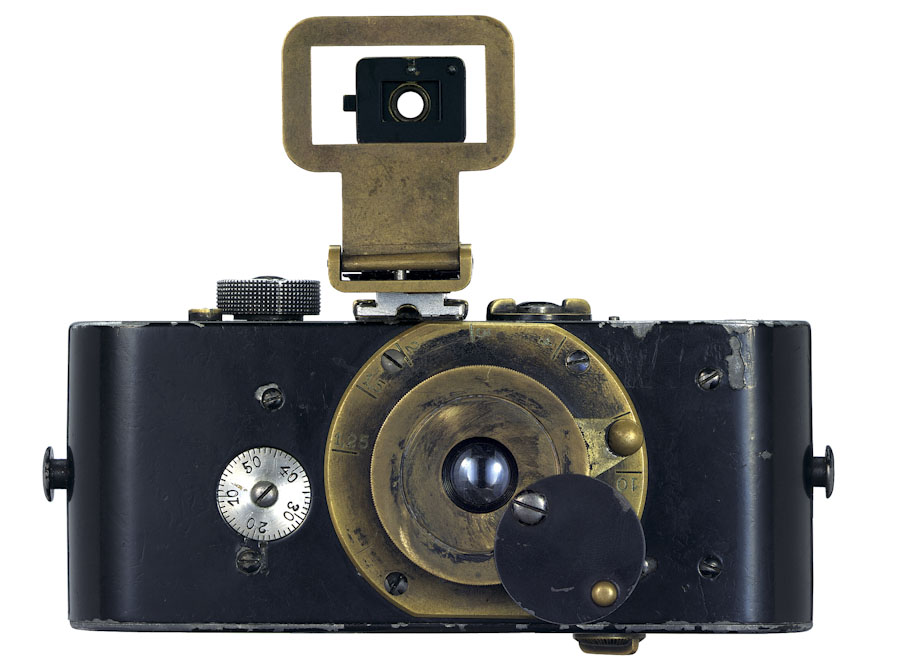I've been playing around, using my Leica M4-2 film camera as a test to see if I really want a Leica Monochrom digital rangefinder. (Click Here) to read more about it.
I said at the outset that I understand that shooting black and white film in a Leica M4-2 has its limits in terms of emulating the amazing new Leica Monochrom digital black and white rangefinder. For example, the Monochrom is noted for its great performance at high iso settings.
Well, I decided to "push" (quite literally) the high iso limits of the M4-2 by push processing Kodak TMax 400 film to iso 1600. It was quite simple. I just shot at exposure settings for iso 1600 instead of 400, then instructed my favorite processor (The Darkroom, www.thedarkroom.com) to push the film two stops. This cost an extra $2 in processing costs. Pretty reasonable.
Here are some results from a concert I attended. I'll start with one of my favorite local performers, Melissa Wright and her band Mink:
Mink, by Reed A. George
Leica M4-2, Kodak TMax 400 pushed to 1600
And a few more, these of the band Dry Mill Road:
Dry Mill Road, by Reed A. George
Leica M4-2, Kodak TMax 400 pushed to 1600
All of these shots were made with my Zeiss Sonnar 50mm f1.5 and Leica Elmarit 90mm f2.8 lenses.
As you can see, the contrast is pretty high in these shots. They don't have the amazing dynamic range of the modern digital monochrome. But, the film grain is quite nicely controlled in my opinion. In fact, I think these look better than equivalent shots with my digital rangefinder Leica M9 would at iso 1600. I may have to do that comparison to further convince myself. Already this little project is teaching me something about how much I can do with film and the M4-2. I haven't pushed a roll of film in years, and I feel that it frees me up to take the M4-2 along for shooting musical events that I would have only really considered the Nikon D700 for in the past. I'm pleased with that.
I also want to continue to extend this, seeing how TMax 400 holds up at 3200 and maybe even 6400. I'm sure it will start to degrade significantly at 6400. But, I think I may be able to pull of 3200 with no real problem.
From what I understand, Kodak TMax 3200 is no longer being produced, but Ilford Delta 3200 is. I used the Ilford film in the past, but found the grain to be very high at 3200. I liked that film much better at 1600. Considering that the Ilford 3200 is more than twice the price of TMax 400, I'm not sure I have much motivation to give it another try, especially when I can get this type of performance from the TMax.
DMC-365.blogspot.com
















